Wed 31 Jan 2018
Drones are increasingly widely used to inspect offshore structures
As Philip Woodcock explains, non-destructive testing (NDT) is an increasingly commonly used technique in the
maintenance of offshore windfarms but do we really know what it is?
Non-destructive testing is the process of inspecting, testing or evaluating materials, components or assemblies for
discontinuities or differences in characteristics without destroying the serviceability of the part or system. In other words,
when the inspection or test is completed, the part can still be used.
According to the British Institute of Non-Destructive Testing (BINDT), it is “the branch of engineering concerned with
all methods of detecting and evaluating flaws in materials”.
NDT is used throughout the lifecycle of an offshore windfarm, but this article concentrates on the techniques used during
operations to monitor the condition of blades, towers, transition pieces, foundations and secondary steel but does not look
inside the nacelle or cables.
The defining feature of NDT is that the process does not cause detrimental effects on the material or structure under test.
However, some techniques may require cleaning of marine growth or damage to coating protection systems that will
result in additional maintenance to restore protection.
Visual inspection is the original NDT technique and one that is undertaken at all times consciously and unconsciously by
professionals. It can be divided into general visual inspection (GVI) and close visual inspection (CVI).
Visual inspections are undertaken on the topside and subsea elements of a wind turbine or other structures such as
offshore substations and can be remotely or physically performed. Here, one is looking for surface breaking defects.
Remotely operated vehicles (ROVs) routinely undertake subsea GVI and, with tooling to clean away marine growth, can
also conduct CVI. The use of drones is becoming more and more common for GVI of blades and towers, but at least for
the time being, drones are payload limited. However, their ability to detect defects is advancing rapidly. Whichever
technique is used, a key element of visual inspection is recording and reporting on results, either through still or video
photography, both of which are dependent on suitable light conditions.
The acoustic method works by exciting a vibration in a material by local impact and then measuring the response of the
vibrations. In its simplest form, it is like a railway wheel tapper of old, where one hears or measures a sound when
coming across an occlusion.
Electromagnetic effects resulting from the interaction of electricity and magnetism form the basis of a number of NDT
techniques, including eddy current testing, magnetic particle inspection (MPI), magnetic flux leakage testing and alternating current field measurement (ACFM). Electromagnetic induction tests are applied to all stages of metal and
alloy fabrication and processing.
MPI is used for the detection of surface and near-surface flaws in ferromagnetic materials and is primarily used for crack
detection. The component being tested is magnetised, and if it is sound, the magnetic flux is predominantly inside the
material. If, however, there is a surface-breaking flaw, the magnetic field is distorted, causing local magnetic flux leakage
around the flaw.
Eddy current testing uses a coil carrying an AC current placed close to the specimen surface or around the specimen. The
current in the coil generates circulating eddy currents in the specimen close to the surface, and these in turn affect the
current in the coil by mutual induction. Flaws and material variations in the specimen affect the strength of the eddy
currents.
ACFM is a non-contact electromagnetic technique capable of both detecting and sizing (length and depth) defects in
metals. The basis of the technique is that an alternating current flows in a thin skin near the surface of any conductor. By
introducing a uniform current into an area of the component under test, when there are no defects present, the electrical
current will be undisturbed. If a crack is present, the current flows around the ends and down the faces of the crack. As
the technique requires no electrical contact with the surface, it can be used to inspect through paint and coatings. The
technique is widely used for weld and thread inspection and for subsea inspection of offshore platforms. It can also be
used on both magnetic and non-magnetic components.
Liquid penetrant testing, also known as dye penetrant or ‘die-pen’ testing is a simple low-cost method of detecting
surface-breaking flaws such as cracks and porosity. It requires a clean surface free of grease and cannot be used under
water.
Radiography uses X-rays or gamma-rays to produce an image of an object on film. This is a well established technique,
which gives a permanent record and is widely used to detect internal flaws in metals, coatings and composite materials
such as blades. However, radiography is potentially dangerous and must be performed either inside a protective enclosure
or with appropriate barriers and warning signals to ensure that there is no radiation hazard to personnel, thus increasing
cost and reducing workability.
Ultrasonic methods such as ultrasonic thickness measurement (UTM) of NDT use beams of mechanical waves
(vibrations) of short wavelength and high frequency transmitted from a small probe and detected by the same or other
probes. The technique detects internal, hidden discontinuities that may be deep below the surface.
Thermography is a technique of obtaining an image of the heat distribution over the surface of an object. This technique
is commonly used for checking the adhesion of joints in blades. Due to the weight of equipment, this cannot be
performed by drones at this time.
In the offshore wind industry, access to the work site provides many more challenges than one would find onshore in a
workshop environment. For work above water, NDT technicians at least need training in offshore safety and working at
heights as prescribed by the Global Wind Organization.
However, much of topside NDT cannot be reached from ladders or platforms and thus rope access techniques as governed
by IRATA are needed. This limits the number of available technicians and also the working time due to weather
limitations.
Many see drones performing GVI as the future due to the reduced risk of harm to technicians as well as reduced cost and
time needed to perform an inspection. However, as highlighted above, drones are limited in the payload that they can
carry to perform tasks other than GVI, the time that they can spend aloft and the spatial accuracy for recording locations
of defects.
These, however, will be overcome as technology is evolving rapidly. MME Group’s senior marketing communications
officer Michaël Roerade confirmed this. “A limited part of visual inspections will be carried out with autonomous
drones,” he explained. “However, the nature of NDT and especially interpretation and assessment of the results is
something that – for the foreseeable future – will remain the realm of human operators.”
ROVs can be used for GVI and, if they have tooling to clean away marine growth and paint, CVI. ACFM can be
performed by ROVs for surface crack detection, lack of fusion and strain measurement. However, according to Rana
Diving’s project manager Francesco Morini, “for most subsea structures, especially the bracings of jackets, a diver takes
less time and delivers a better job than trying to get a ROV to hold an accurate enough position to deliver creditable
results”.
NDT destructive testing provides a key element in the lifecycle management of offshore windfarms. Although many of
the techniques used offshore are similar to those used in onshore wind, the means of access, training and certification of
the technicians makes it more challenging and expensive to complete.
The use of remote access techniques such as drones and ROVs will increase from general visual inspections to more indepth
techniques as technology improves and gets smaller. Until then, there will be a need for access by divers and rope
access technicians who can not only inspect but interpret findings based on experience.



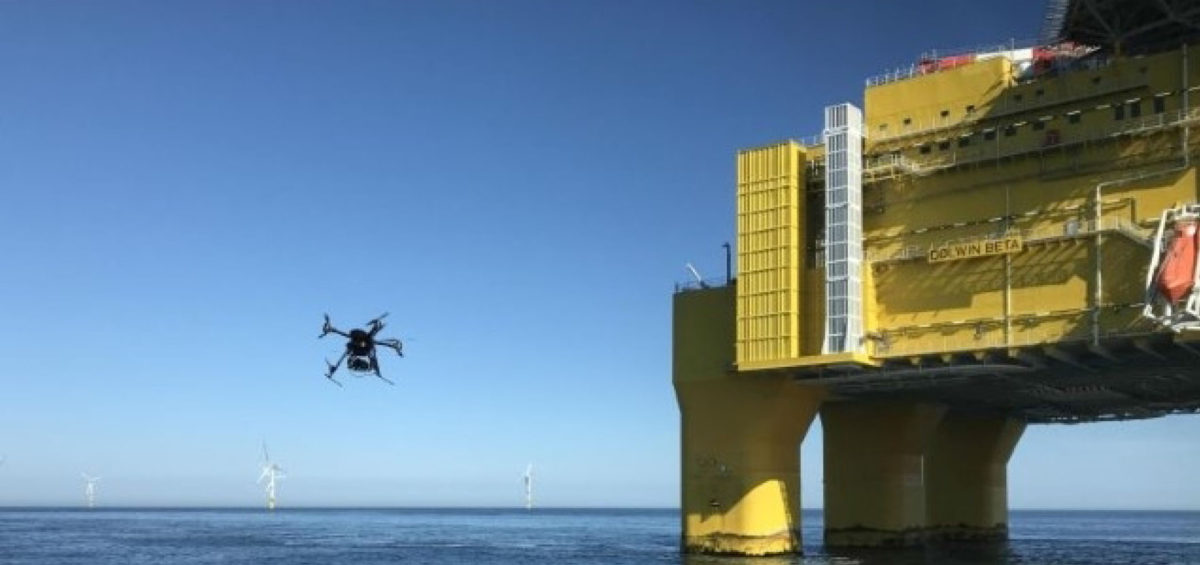
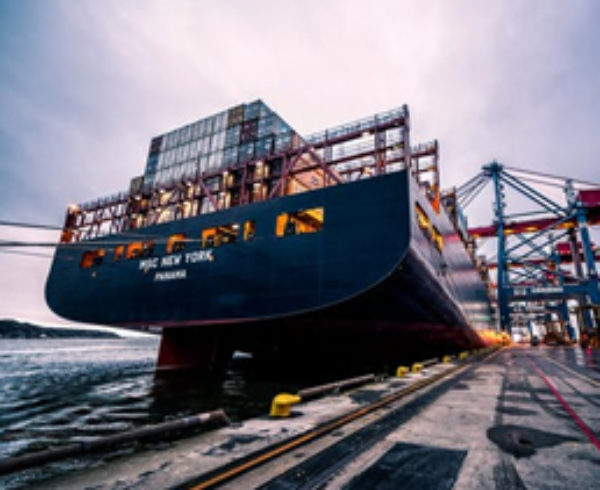

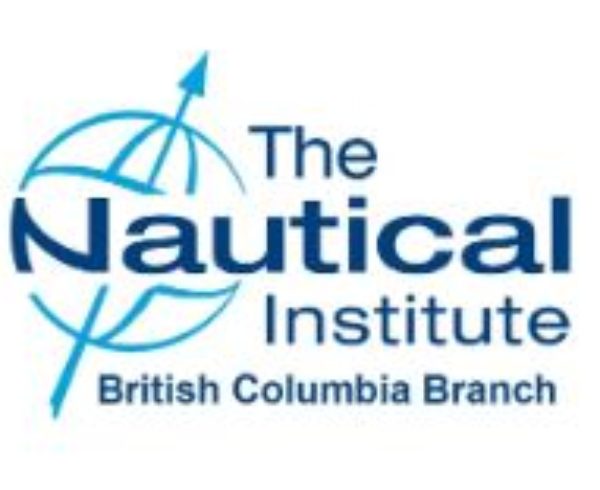
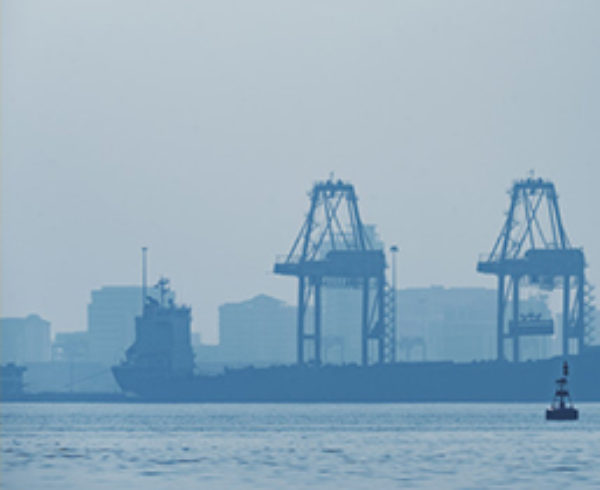

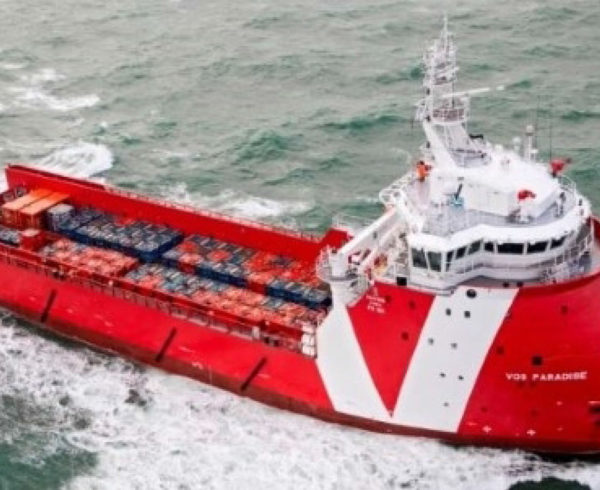
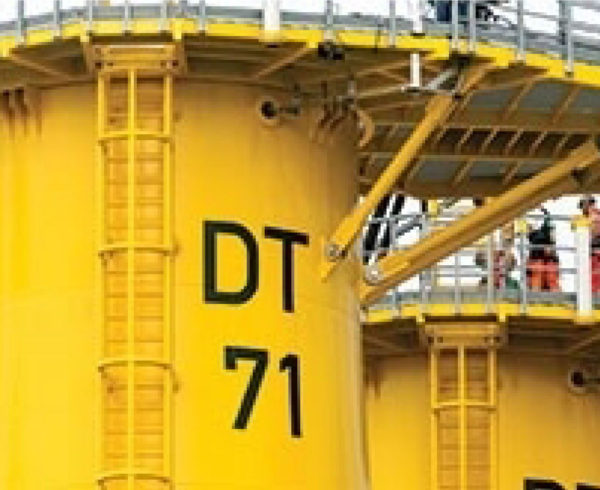


Leave a Comment